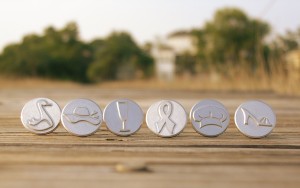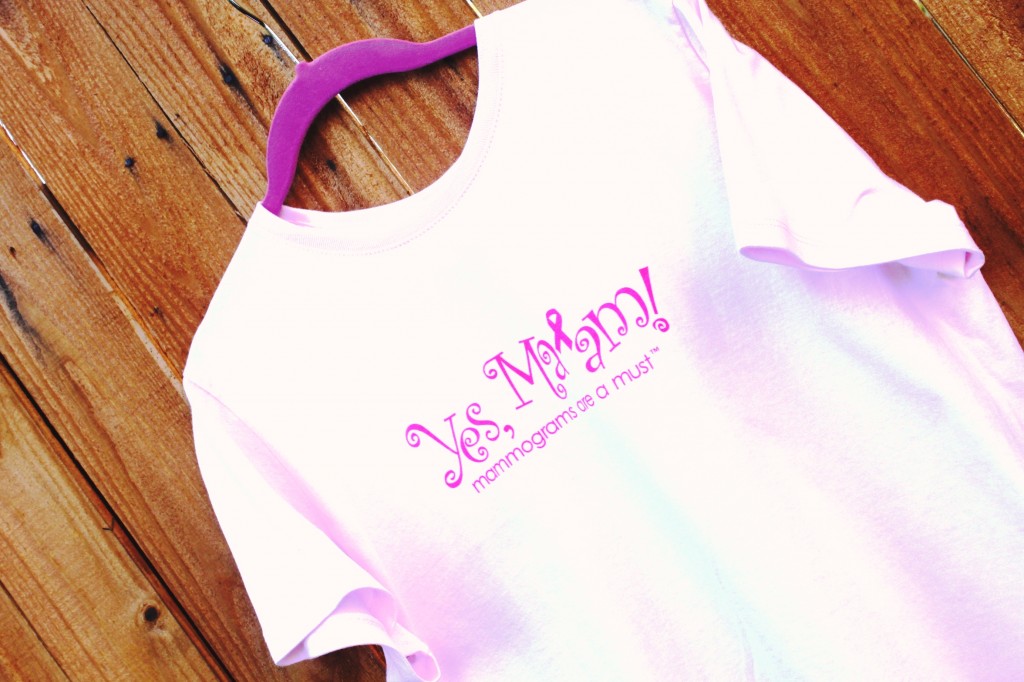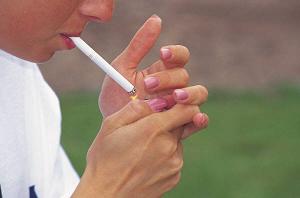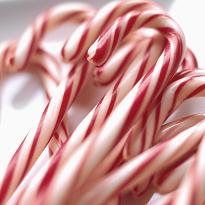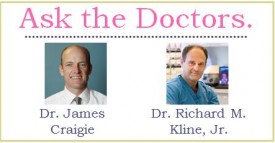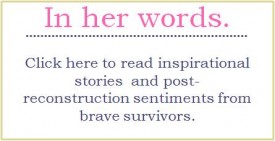 The team at The Center for Natural Breast Reconstruction is honored to share with you an In Her Words post written by a recent patient of ours, Linda Burkholder. She is an inspiration to all women who are facing breast cancer or who are at risk for hereditary breast cancer.
The team at The Center for Natural Breast Reconstruction is honored to share with you an In Her Words post written by a recent patient of ours, Linda Burkholder. She is an inspiration to all women who are facing breast cancer or who are at risk for hereditary breast cancer.
See below for Linda’s story:
Breast cancer—you can’t say I didn’t see it coming, but being the eternal optimist, I hoped I would dodge the bullet. Several members of my family have died from breast cancer, including my grandmother, mother, aunt, and sister. After my sister died in 2006, I began to seriously consider prophylactic surgery. I quickly learned that there is little support in the medical community or among friends for this procedure.
After a benign biopsy two years ago I found F.O.R.C.E. (Facing Our Risk of Cancer Empowered) on the Internet. F.O.R.C.E. is a support group for those with hereditary breast and ovarian cancer. They posted an application for a scholarship to their annual conference. I applied and much to my surprise I was granted an expense paid trip to the conference in Orlando in 2010. I can’t tell you how that changed my life. I learned so much about everything I wanted to know about breast cancer and I met several plastic surgeons who stood out to me, especially Dr. Kline from The Center for Natural Breast Reconstruction. I made a mental note to keep him in mind and took home a beach towel with his phone number splashed across it.
During the next year I struggled with my decision to have prophylactic surgery. Intellectually, I knew what to do, but emotionally I was really struggling. I joined a local F.O.R.C.E. group and kept learning and thinking and meeting cancer survivors, assuming I would have surgery when I felt more comfortable with the idea. Fast forward to June 2011. It was time for my annual mammogram. I told my family doctor I also wanted an MRI, to which she reluctantly agreed. To make a long story short, the mammogram came back normal, but the MRI showed a 1.2 cm questionable spot—a spot, I was told, because of its location, would never have been seen on any mammogram. It was a Stage 1 cancer.
This was almost 2 years to the date from my previous benign lumpectomy. In July, 2011 I had a second lumpectomy performed by one of the most respected surgeons in my area. Without consulting me she automatically scheduled me for radiation. I refused the radiation because I felt that all treatment was my decision and I wanted to consult with an oncologist first. Also, I had learned at the F.O.R.C.E. convention that radiated tissue is harder to reconstruct and I already knew I ultimately wanted mastectomies with natural breast reconstruction, not implants.
When I told the surgeon I didn’t want implants, she hit the ceiling. Clearly, no one had ever before challenged her standard treatment plan. Thanks to F.O.R.C.E., I was empowered. The next convention was two weeks away and I knew this would be where I would make my final decision, and it was. I talked with EVERY plastic surgeon at the conference. I spoke with Kathy Steligo, author of The Breast Reconstruction Guidebook, for 45 minutes at the round table breakfast. I had read her book for the third time on the plane to Orlando two days before. After the conference I came back to my hometown and started chemotherapy. I also scheduled my surgery for November at The Center for Natural Breast Reconstruction.
After consulting with my oncologist, I elected to have bilateral mastectomies with autologous reconstruction. In September my husband and I made a trip to South Carolina to meet with Dr. Kline and Dr. Baron, the general surgeon. I wanted my husband to meet my doctors. I wanted to make sure I had his full support and I wanted to make sure any lingering questions by either of us were answered.
After that meeting I was sure I wanted to go forward with the DIEP procedure. I felt very confident that everything would be alright. On November 30, 2011 I had the procedure. It was an 8-hour surgery, and everything went very well. I was in East Cooper Medical Center for four days. My nurses were great, especially Angela. I thought of her as my special angel since she was able to anticipate what was needed before being asked and was especially kind. She really took good care of me.
After my discharge from the hospital my husband and I stayed in Charleston another 10 days. I got a handicapped room at a local long-stay hotel. There was a handicapped shower and a recliner in the room. I really appreciated that recliner and I slept in it most nights. It helped to keep my feet elevated. Every day, at least one time, I took a short, slow walk up and down the hall for exercise. I saw Dr. Kline 3 times during the next 10 days and he assured me everything was fine and my breasts looked “beautiful”—although at that time I didn’t think they looked so beautiful. Now, 5 weeks later, I can see how nicely everything is shaping up and I don’t think I will require a lot of revision at the Stage 2 procedure. I am glad I chose the DIEP procedure. The recovery is long, but it is worth it.
Did I ever seriously consider implants? The answer is yes, because implants represented the path of least resistance. I could have had the surgery done locally and I wouldn’t have had the additional expense of the trip from Indiana to South Carolina. Also, I would have had my entire support system around me. In making my decision I talked to many women who had implants and it seemed to me that they either loved them or hated them. Those that loved them seemed to love them only after 2-3 additional procedures due to complications. Everyone complained about the fills being painful and some found the implants to be cold or uncomfortable. Also there was the risk of capsular contracture and the necessity of replacing the implants every 10-15 years. I also talked with many women I met through F.O.R.C.E. who had flap procedures. I saw their results and they were fabulous. Short of a few fading scars, you could not tell that their breasts were not original. All of them seemed quite pleased with their new breasts.
Yes, recovery is a bit prolonged with DIEP. You definitely need someone very devoted to you to help out those first few weeks. I needed help getting up and down, showering, dressing, and emptying my surgical drains. My husband helped me with everything, dispensed my medications and gave me a blood thinning shot daily. I could do very little without his assistance the first 10 days following surgery, and I slept much of the time. Still, I was able to get around slowly and even went out to local restaurants my two weeks in Charleston. I also had pain medication, which made life bearable.
As the weeks have progressed, I feel my strength slowly returning. I am not yet 100% but I am planning to return to my job part-time on January 9th, with hopes of returning fulltime the following week. For anyone considering a flap procedure but fearful of the recovery, I would advise them that it is doable. It’s not as bad as you think. A certain amount of fear is normal if, like me, you have never had a major surgery. But for me, everything went fine, even though I am 59 years of age, older than any one I have met who had DIEP. So, I think if I can do it, anyone can.
My only regret is that I didn’t come to my decision for prophylactic surgery before I got cancer. Time ran out to make that decision but I am thankful my cancer was found early and I am thankful for my husband of 29 years, Larry, was by my side supporting me every step of the way. I would advise anyone facing cancer to not panic, do your homework, and be very proactive in your treatment. Learn everything about breast cancer that you can so you can understand your options. Choose your doctors carefully. Get second opinions and do what YOU think is best for you. You have many options; don’t let anyone take any of them away from you. Make your own decisions.
Having cancer has changed my view of life. It seems much more precious and much more vulnerable than before. I am thankful for a second chance and thankful that I had so many options that my mother and grandmother did not have. My mother had radical mastectomies, which are very disfiguring. I am glad that I still look much like I did before. I had nipple-sparing surgery and when I look at my breasts I still see me in there. I can’t wait to see the results following my final revisions. I am very grateful for Dr. Kline, Chris Murakami, RN and Clinical Coordinator, and all the staff at The Center for Natural Breast Reconstruction for a very positive reconstructive experience.
About Linda Burkholder
My name is Linda Burkholder and I have lived in Kokomo, Indiana the past 22 years. I am the proud mother of two adult children, a daughter 23 years-old and a son age 21. I have been married to my husband, Larry, for 29 years. I work fulltime at Indiana University as an Administrative Secretary to the Dean of the School of Public and Environmental Affairs. I love animals and have two Pembroke Welsh Corgis and four cats. In my spare time I enjoy reading and knitting.
Do you have a question for one of our doctors? Ask us!





